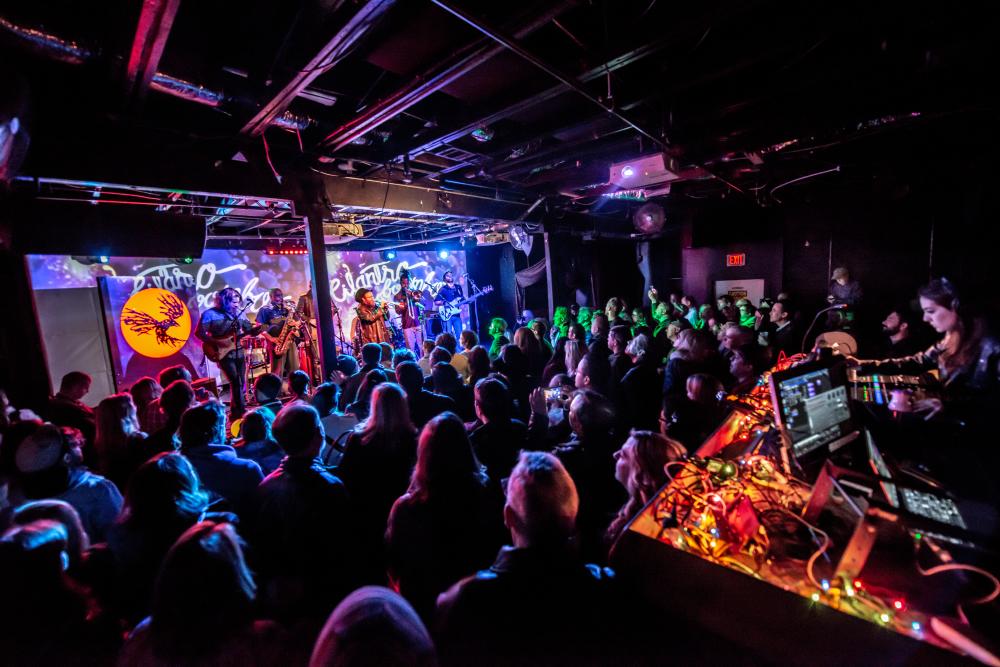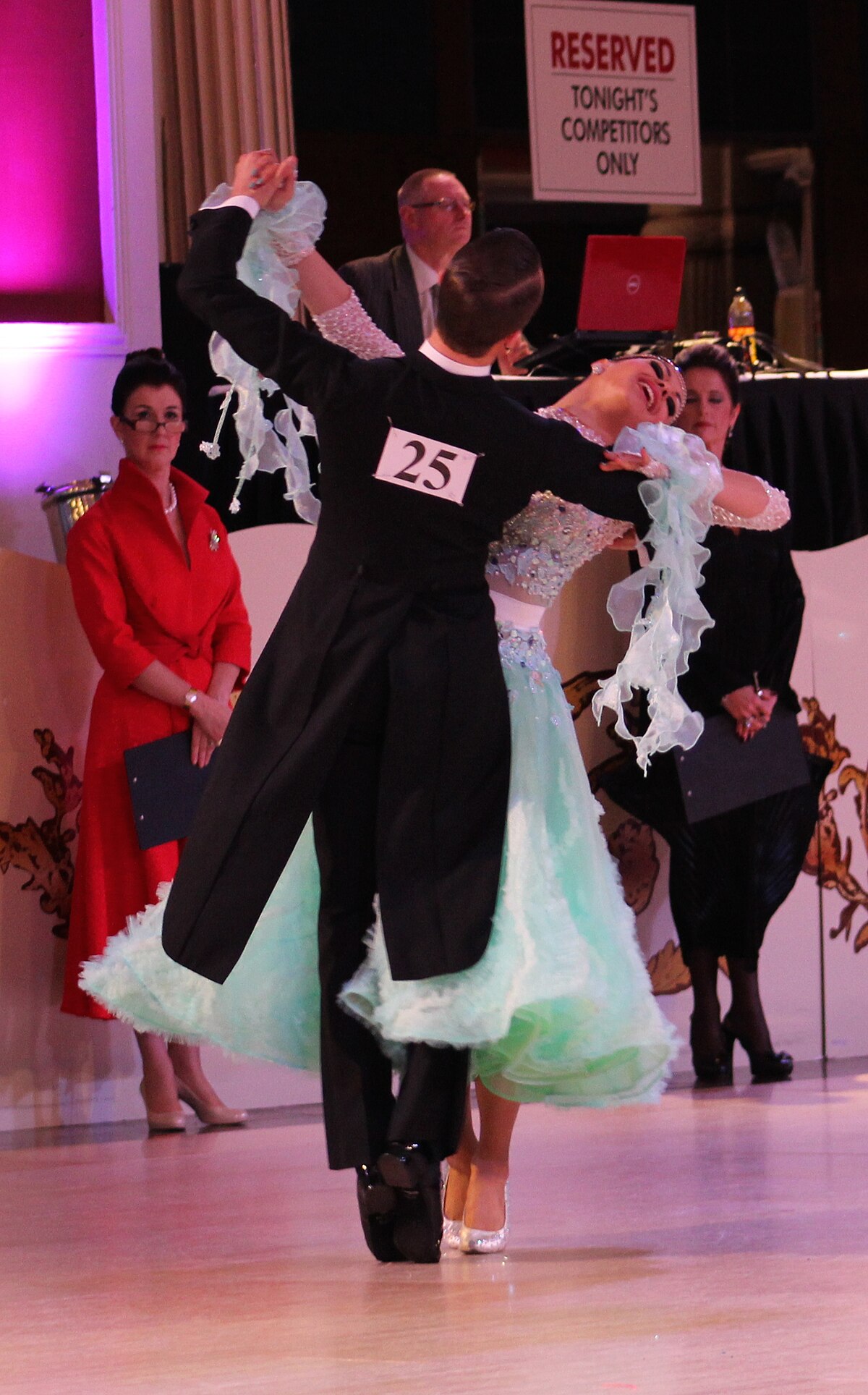Indicators on Dance Fridays You Should Know
Wiki Article
Not known Facts About Dance Fridays
Table of ContentsAll About Dance FridaysSee This Report about Dance FridaysThe smart Trick of Dance Fridays That Nobody is DiscussingSome Known Details About Dance Fridays Not known Details About Dance Fridays A Biased View of Dance Fridays10 Easy Facts About Dance Fridays Described
The significant distinction that identifies the Miami-style from various other North American styles is the "Atras" or "Angled", back breaking steps carried out in reverse diagonally rather of relocating forwards and backwards as seen in the New york city design. Dancers do not move their body weight substantially as seen in various other designs. Rather, professional dancers keep their top body still, positioned and kicked back, concentrating on foot activity.A significant distinction in between Cali Style and Miami-style is the last is exclusively danced on the downbeat (On1) and has components of sparkles and show-style contributed to it, adhering to collections of North American designs. Miami-style has several adherents, especially Cuban-Americans and other Latinos based in South Florida. In the 1950s, Salsa Rueda or more accurately Rueda de Gambling establishment was established in Havana, Cuba.
A lot of the moves involve quickly swapping partners. "Rueda de Cuba" is initial kind of Rueda, stemming from Cuba. It is not as formal as Rueda de Miami and contains regarding 30 telephone calls. [] It was codified in the 1970s. [] "Rueda de Miami" come from in the 1980s from Miami, is a formal style with lots of rules based upon a mix, and is a hybridization of Rueda de Cuba & North American dancing designs, with some regimens showing American society (e.
The Main Principles Of Dance Fridays
Coca-Cola, Dedo, Adios) which is not found in the typical Cuban-style Rueda. Cali-Style Salsa, likewise called Colombian Salsa and Salsa Calea, is based around the Colombian City of Cali. Cali is also known as the "Funding de la Salsa" (Salsa's Funding); as a result of salsa music being the main style in parties, bars and events in the 21st century.
What Does Dance Fridays Mean?
They include different acrobats such as partnered flips to delight with these jaw dropping stunts. Their maneuvering is elaborate and specific, helping numerous Colombian Style professional dancers win significant globe champions. Cali hosts many yearly salsa events such as the World Salsa Cali Event and the Encuentro de Melomanos y Coleccionistas.Scientists in the all-natural scientific researches studied the math of salsa dance moves. In the social scientific researches, scientists have actually studied salsa dancing to comprehend, for example exactly how the Latino identification is attached to salsa dance.
Centro Journal. Fetched 2023-05-26. Salsa Vida.
Retrieved 5 October 2023. " Background of Salsa Dancing". Salsa Vida. 26 June 2023. Recovered 5 October 2023. Ludovic, Kiss Mihai (2015-10-01). " Salsa Origins and Development". Sporting activity i Societate. 15 (Special): 120129. ISSN 1582-2168. Djebbari, Elina (2020-01-02). " Dancing salsa in Benin: Attaching the Creole Atlantic". Atlantic Researches. 17 (1 ): 110134. doi:10.

Gotten 2019-06-26. Waxer, Lise Aerinne (2002 ). The city of music memory: salsa, document grooves, and pop culture in Cali, Colombia. Music/culture. Middletown, Conn: Wesleyan University Press. ISBN 978-0-8195-6441-2. " Colombian Style Salsa". Salsa Vida SF. Obtained 27 July 2020. von Renesse, Christine; Ecke, Volker (2011-03-01). " Mathematics and Salsa dancing". Journal of Mathematics and the Arts.
doi:10. 1080/17513472. 2010.491781. ISSN 1751-3472. S2CID 120939987. Dormani, Carmela Muzio (2020-07-07). " So You Believe You Can Salsa: Executing Latinness on Fact Dancing Tv". The Journal of Pop Culture. 53 (3 ): 720738. doi:10. 1111/jpcu. 12929. ISSN 0022-3840. S2CID 225829802. Hewer, Paul; Hamilton, Kathy (2010-03-29). " On emotions and salsa: some thoughts on dancing to reconsider consumers".
Dance Fridays Things To Know Before You Buy

:10.
Something went incorrect. Wait a minute and attempt once again Attempt once more.
The Buzz on Dance Fridays
We're speaking about the dance, not the tasty South American spice. The origins of anonymous words "Salsa" as the name of a dance has been a source of argument for years. One of the most preferred (and potentially accepted) concept is that Cuban and Puerto Rican artists in New York created the expression in New York in the 1970's, to describe the spicy blend of music they were producing out of the rhythms and motifs of Cuban son montuno, guaracha, chachacha, mambo and bolero.Report this wiki page